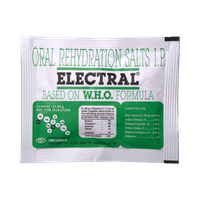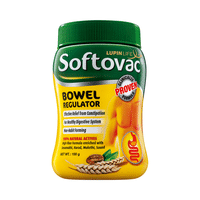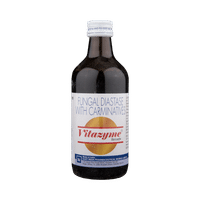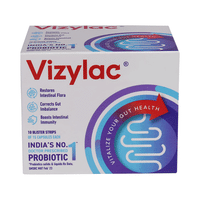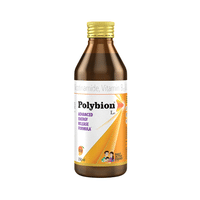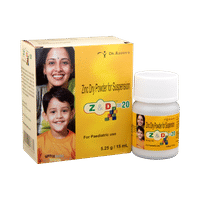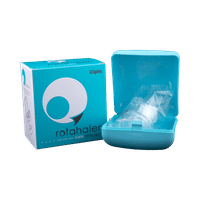Tamox D Syrup
Rs.20.20for 1 bottle(s) (30 ml Syrup each)
food interaction for Tamox Syrup
alcohol interaction for Tamox Syrup
pregnancy interaction for Tamox Syrup
lactation interaction for Tamox Syrup
food
alcohol
pregnancy
lactation
Tamox D Syrup may be taken with or without food, but it is better to take it at a fixed time.
None
None
CAUTION
Consuming alcohol with Tamox D Syrup does not cause any harmful side effects.
SAFE
Tamox D Syrup is generally considered safe to use during pregnancy. Animal studies have shown low or no adverse effects to the developing baby; however, there are limited human studies.
SAFE IF PRESCRIBED
Tamox D Syrup is safe to use during breastfeeding. Human studies suggest that the drug does not pass into the breastmilk in a significant amount and is not harmful to the baby.
SAFE IF PRESCRIBED
SALT INFORMATION FOR Tamox 125mg Syrup
Amoxycillin(125mg)
Tamox syrup uses
{med_name} is used in the treatment of peptic ulcer disease and bacterial infections.
How tamox syrup works
Tamox D Syrup is an antibiotic. It works by preventing the formation of the bacterial protective covering (cell wall) which is essential for the survival of the bacteria. By doing so, this medicine kills the infection-causing bacteria and prevents the infection from spreading without making them resistant to further treatment.
Common side effects of tamox syrup
Vomiting, Allergy, Diarrhea, Nausea, Skin rash, Urticaria, Itching, Hemolytic anemia, Decreased white blood cell count (lymphocytes), Colitis, Stevens-Johnson syndrome, Toxic epidermal necrolysis, Crystals in urine, Erythema multiforme, Interstitial nephritis, Dizziness, Convulsion, Hepatitis (viral infection of liver), Cholestatic jaundice, Anaphylactic reaction
SUBSTITUTES FOR Tamox Syrup
55 Substitutes
55 Substitutes
Sorted By
 Rs. 42pay 1% more per ml of Syrup
Rs. 42pay 1% more per ml of Syrup Rs. 21pay 1% more per ml of Syrup
Rs. 21pay 1% more per ml of Syrup Rs. 14save 33% more per ml of Syrup
Rs. 14save 33% more per ml of Syrup Rs. 32save 23% more per ml of Syrup
Rs. 32save 23% more per ml of Syrup Rs. 34.75save 17% more per ml of Syrup
Rs. 34.75save 17% more per ml of Syrup
Expert advice FOR Tamox Syrup
- Complete the entire course of antibiotics without stopping the medicine in between. Doing so may cause the bacteria to multiply again, become resistant, or cause another infection.
- Make sure your child drinks plenty of water if they develop diarrhea as a side effect.
- Conditions like common cold and flu are caused by viruses. Never use this medicine for such conditions.
- Give Amoxycillin to your child only for their current infection. Avoid storing the medicine for future use as it is impossible to judge whether the same medicine would work for any future illnesses.
- Stop this medicine and immediately report to your child’s doctor in case your child develops an itchy rash, facial swelling, or breathing difficulties while taking this medicine.
- Amoxycillin is used to treat infections caused by bacteria.
- Finish the prescribed course, even if you start to feel better. Stopping it early may make the infection come back and harder to treat.
- Diarrhea may occur as a side effect. Taking probiotics along with Amoxycillin may help. Talk to your doctor if you notice bloody stools or develop abdominal cramps.
- Stop taking this medicine and inform your doctor immediately if you develop an itchy rash, swelling of the face, throat or tongue or breathing difficulties while taking it.
Frequently asked questions FOR Tamox 125mg Syrup
Amoxycillin
Q. Can I give Tamox D Syrup to my child repeatedly for a long time?
Giving your child Tamox D Syrup for a long term can cause fungal infection (oral thrush) in the mouth and severe gastrointestinal infections (superinfections). Therefore, do not alter the dose and duration on your own and give Tamox D Syrup to your child exactly as prescribed. Additionally, irregular treatment, repeated use, and misuse of Tamox D Syrup can make the bacteria resistant.
Q. Are there any possible serious side effects of Tamox D Syrup?
Although rare, Tamox D Syrup may cause some serious side effects such as persistent vomiting, kidney damage, allergy, diarrhea, and severe gastrointestinal infections. Always consult your child’s doctor for help in such a situation.
Q. Can other medicines be given at the same time as Tamox D Syrup?
Tamox D Syrup can sometimes interact with other medicines or substances. Tell your doctor about any other medicines your child is taking before starting Tamox D Syrup. Also, check with your child’s doctor before giving any medicine to your child.













